Description
hardware flow control. It is an ideal choice in the field of industrial automation.
Domestic Industrial Robot Industry Trends in 2020 my country’s market still contains huge power
In 2016, the density of industrial robots in my country was 68 units per 10,000 people. In 2018, the density of industrial robots was 140 units per 10,000 people, which is
higher than the global average of 99 units. According to the “Robot Industry Development Plan (2016-2020)”, the density target of domestic industrial robots in 2020 will
reach 150 units/ten thousand people, and market demand will be further released. In addition, in
he long run, the density of industrial robots in my country is far smaller than that of several developed countries with higher levels of automation, and the domestic market
demand still contains huge development potential in the future.
Strong market demand has driven China to become one of the main sources of income for the four major families of Germany”s KUKA, Switzerland”s ABB, Japan”s
FANUC and Yaskawa. As the world”s largest industrial robot market, China has attracted the collective attention of the four major families, and its business in China has also
become an important engine for the growth of the four major families” business income.
1. The four major families account for 40% of the global market and nearly half of the market in China.
Globally, the first echelons in the field of industrial robots are KUKA of Germany, ABB of Switzerland, FANUC of Japan and Yaskawa.
The revenue of the four major family robot businesses continues to grow, accounting for nearly 40% of the global market share. From 2006 to the present, except for 2009,
when the four major families suffered a sharp decline in revenue due to the aftermath of the financial crisis, the remaining years have seen steady growth. From 2010 to 2017,
the CAGR of the robot business revenue of Yaskawa, ABB, KUKA, and FANUC was 6.58%, 11.05%, 12.96%, and 10.74% respectively, which is basically consistent with the growth
of the global industrial robot market. The robot business of the four major families has always occupied the main global robot market. In recent years, affected by
the rise of manufacturers in the robot segment and the rapid development of Chinese robot manufacturers, the market share has gradually declined, but it still remains above 40%.
In 2016, the four major families” global robot business The revenue proportion is 41.19%.
The four major families account for more than half of the domestic market
The four major families have different business focuses. KUKA”s business mainly focuses on robots and system integration, which are widely used in the automotive field
and have core customers such as Mercedes-Benz and BMW. ABB focuses on electric motors and motion control, which are used in the electronics, electrical and logistics
industries, and are also widely used in highly
mature automobile production lines. FANUC CNC system technology leads the world, and its process control is more efficient and convenient than other companies.
Yaskawa mainly focuses on the fields of servo motors and motion controllers, and is the first company in Japan to manufacture servo motors.
In 2012, foreign robot companies represented by the four major families of ABB, KUKA, Yaskawa Electric, and Fanuc accounted for more than 90% of the Chinese robot
market. Among the 90% of the robot market share, the four major families of ABB, Fanuc, Yaskawa Electromechanical, and KUKA account for 57.5%. The next three major
manufacturers, OTC, Panasonic and Kawasaki Heavy Industries, accounted for 16%. The market share of domestic robot manufacturers is relatively small. According to
statistics from Huachuang Securities, the market share of local brand robots in 2012 was only 8%.
According to IF R statistics, the total installed capacity of China”s local robots in the domestic market increased from 22% in 2017 to 27% in 2018;
while the installed capacity of foreign brands (including products produced in China by non-Chinese suppliers) declined 7%. At present, my country”s
industrial robot market is still dominated by foreign brands. The domestic market share
of the four major families has not changed much compared with 2012. In 2017, the domestic market share of the four major families reached 57%. In 2017,
the market share of the four major families in China was Fanuc (18%), KUKA (14%), ABB (13%), and Yaskawa (12%). However, as the proportion of domestic
manufacturers in the domestic market increases year by year, accounting for around 30%, although there is still a gap compared with the four major families,
the progress of domestic manufacturers
cannot be underestimated. As the four major families gradually strengthen their presence in the Chinese market, their market share in the domestic industrial
robot market will remain at a high level.
As the world”s largest industrial robot market, China has attracted the collective attention of the four major families, and its business
in China has also become an important engine for the growth of the four major families” business income. Taking Fanuc as an example
, the company”s revenue in China in 2017 increased from 6.63 billion yuan in 2016 to 12.75 billion yuan in 2017, an increase of 92.3%, driving the
revenue in Asia (excluding Japan) to account for 45.4%, a year-on-year increase 9.1%, ranking first. In addition, the Chinese market accounts for 21%
and 20% of the overall sales of Yaskawa
Electric and KUKA Robot respectively, making it one of the important sources of their sales revenue.
https://www.xmamazon.com
https://www.xmamazon.com
https://www.plcdcs.com/
www.module-plc.com/
https://www.ymgk.com
DSTYW121 3BSE007836R1 Voltage Transformer Unit
DSTS105 3BSE007286R1 Ramp Unit for P Regulator
DSTS106 3BSE007287R1 Trigger Pulse Generator Card
DSMB-01C 64691929 ABB Power module
MOOG D138-002-002 License Keys
D136-001-007 MOOG Motion Controller
D20 EME GE Substation Controler
ABB CI546 3BSE012545R1 Communication Interface
ADEPT AWCII 040 10350-00104 Communication card
AKM42E-EKGNR-01 Brushless DC servo motor
DSTYW121 3BSE007836R1 Voltage Transformer Unit
RXTUG 22H 1MRK000592-A DC-DC converter
8444-1067 Tuning controller WOODWARD
RXTUG 22H 1MRK000592-A dC-DC converter
Woodward 8200-1302 Man-machine interface screen
4351B Communication Module
Invensys 4211 Remote Module 4409
3805E Enhanced Analog Output PLC Module 3805H
Invensys 3721 Analog Input Module 3805H
Invensys 3503E Digital Input Module
Allen Bradley 1794-ASB Remote I/O Adapter
216NG63A HESG441635R1 HESG216877K Auxiliary DC supply unit
216EA62 1MRB178066R1E 1MRB150083R1E 1MRB300162R0008 Analog Input unit
83SR04C-E GJR2390200R1411 GJR2390211R45 Input/output module
8C-PCNT02 51454363-275 C300 Controller Module
PARKER 6K8 1037302 controller
6ES7132-1BH00-0XB0 Digital Output Module
3HAC044075-001/01 ABB Battery Unit
5SHX08F4502-3BHB003387R0101-5SXE05-0151-GVC703AE01 New original
DS215SDCCG1AZZ01A Mark V Driver control card
IC200CPU001 Compact controller
BCU-02 3AUA0000110429 Control unit
3BHB021400R0002 Power module
3BHE024747R0101 Printed circuit board
PDD405A101 3BHE041626R0101 Control unit
330730-040-01-00 3300 XL 11mm extension cable
51402755-100 Processor card K4LCN-4
IC690RFH008 8 Multi-mode reflection memory hub
1C31203G01 emote Node Controller
51401635-150 High-performance Communication controller
PMAC-2ACC8T DELTA TAU digital-to-analog converter
A06B-6058-H223 servo amplifier
IC693CPU360 Single-slot CPU module
PFXGP4301TADC PROFACE programmable man-machine interface
MV156-AFC input/output module
6181P-17A2MW71AC Industrial computer
IC670ALG240 Analog input module
Pxi-2529 Switch module of the PXI matrix
SPAJ140C-AA overcurrent and ground fault relay
Pxi-6224 PXI counter/timer module
330703-000-050-10-01-05 3300 XL 11mm short range probe
PM654B 3BSE010535R1 Processor module
MPL-B320P-HJ72AA low inertia servo motor
MC-4/11/01/400 ELAU servo Drive
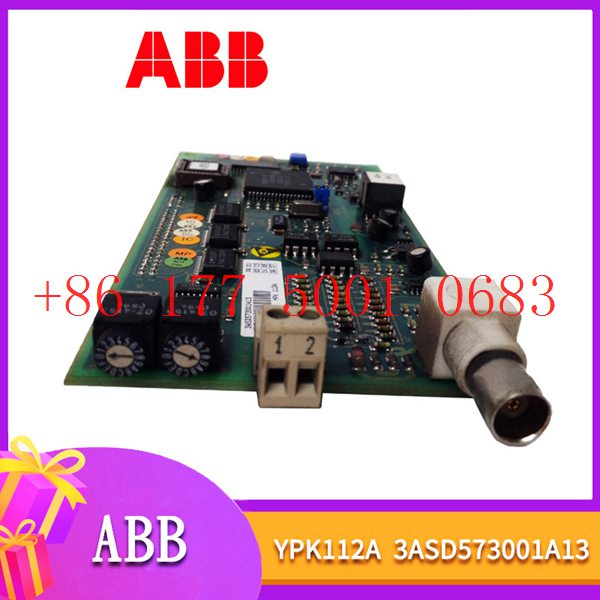
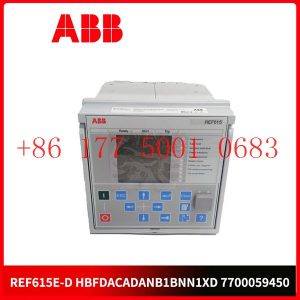
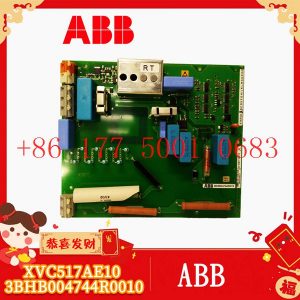
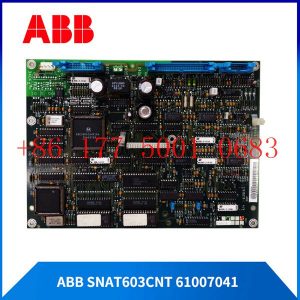
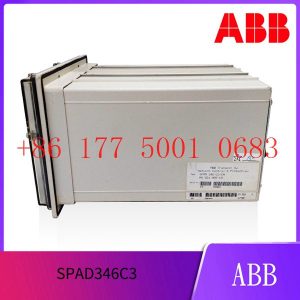
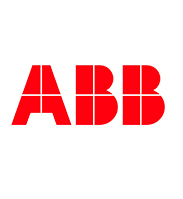



Reviews
There are no reviews yet.